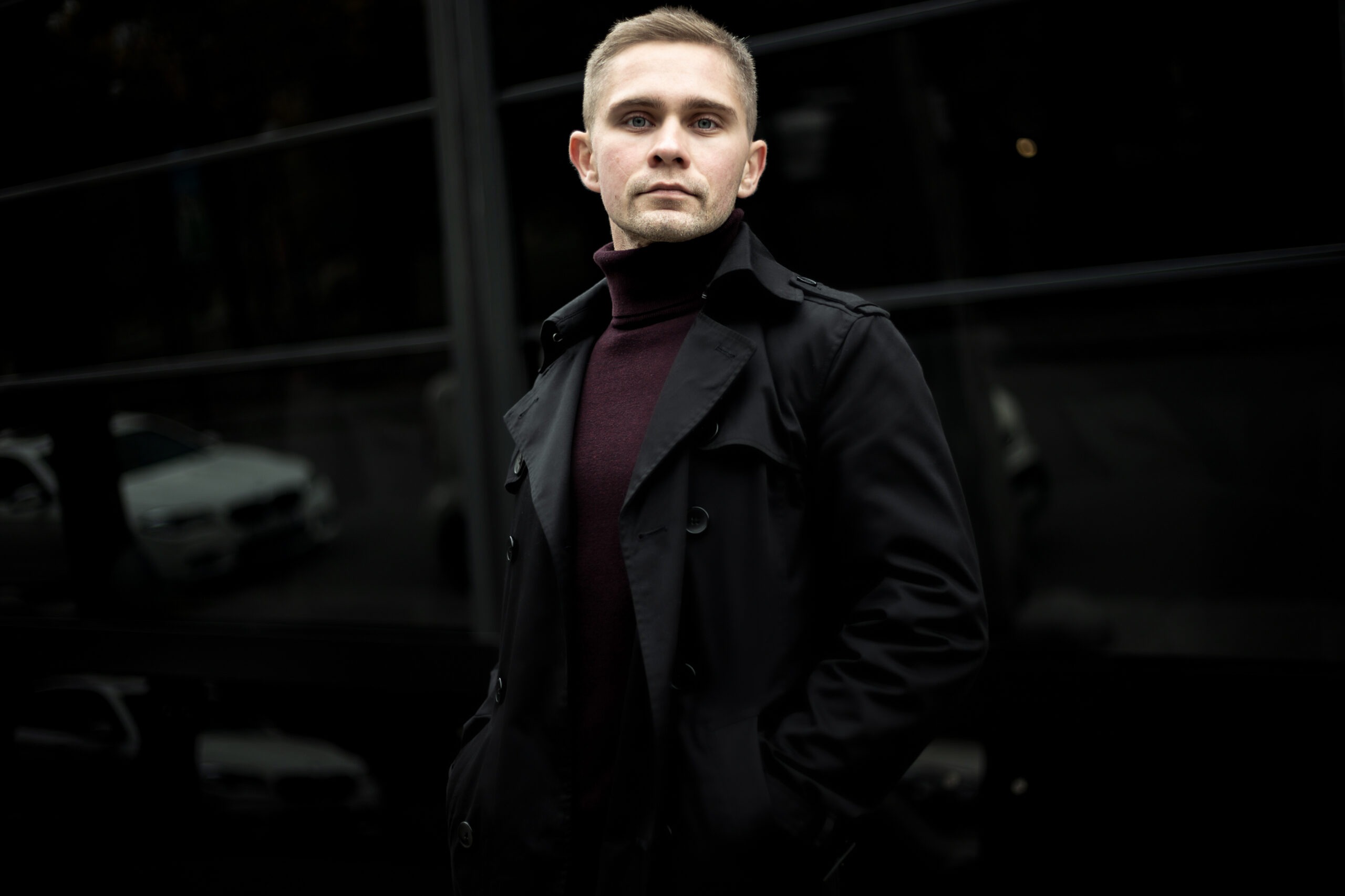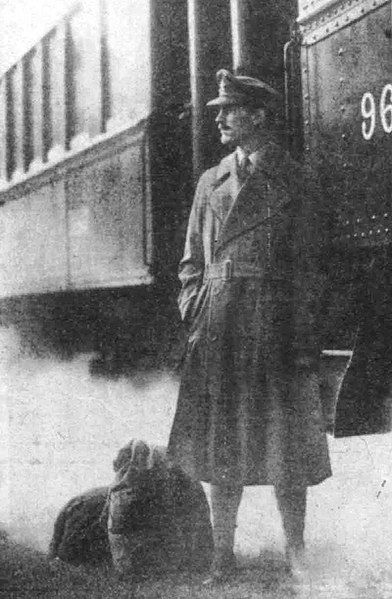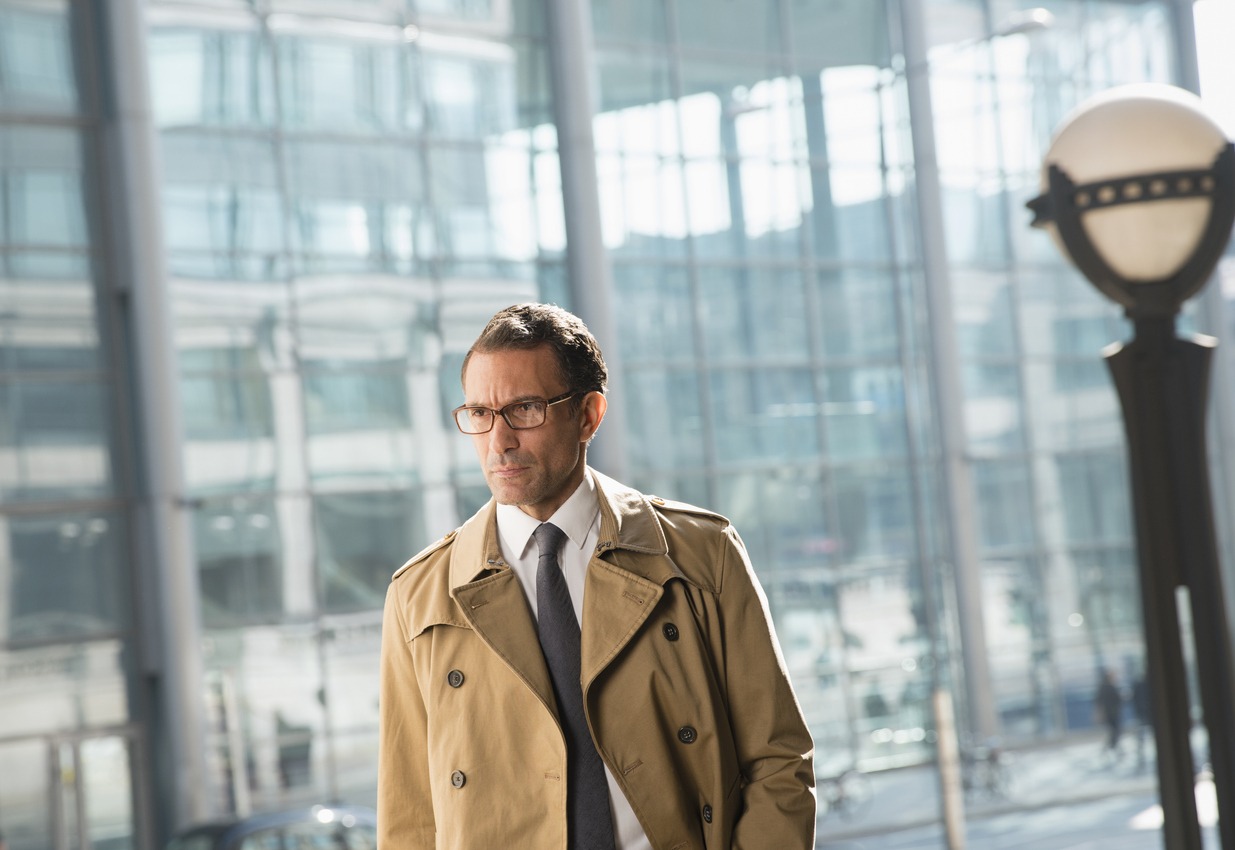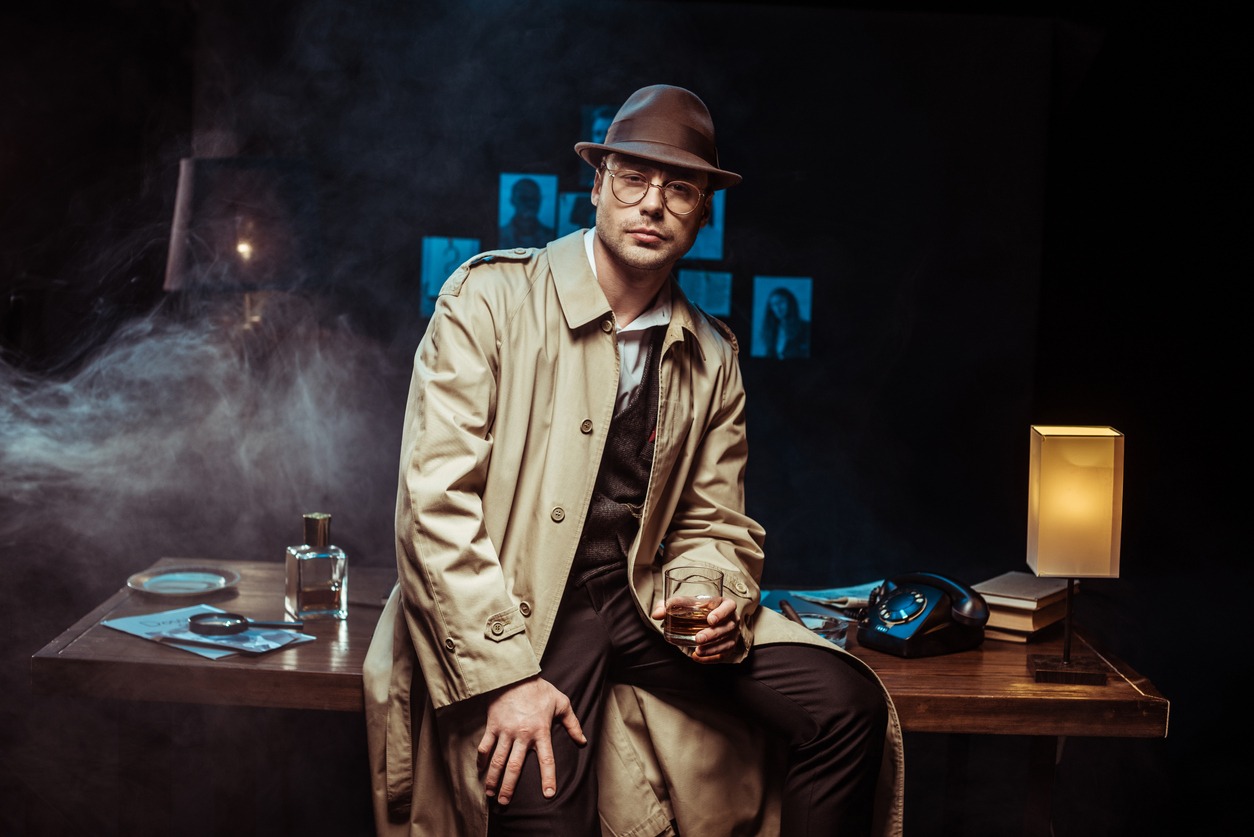A trench coat is a classic and fashionable apparel that every man should own. The trench coat, which was first created for military usage, has subsequently evolved into a versatile piece of clothing. Everything you must know about trench coats for men, including their history, styles, materials, and how to wear them, will be covered in this book.
What is a Trench Coat?
The simple trench coat, first created for army officials in the 19th century, has shed its strict military associations and become a fashion statement for many men. Nowadays, trench coats evoke memories among people.
The trench coat has quickly gained popularity since it can be matched with a casual outfit or worn over a smart three-piece suit. It is not only attractive, but it also features adjustable raglan sleeves and a replaceable insulated liner. The sizes range from just above the knee to just above the ankles.
As one can see, military standards have significantly influenced stylistic patterns. With so many options, choosing the right trench coat can be difficult. No matter your preferences or price range, you can find a trench coat that is both fashionable and cozy.
History of Trench Coats
The lightweight greatcoats worn by British and French soldiers in World War I were replaced by the trench coat as a lighter alternative. The design was submitted to the War Office by Thomas Burberry, who had previously invented gabardine fabric, and was later also claimed by luxury clothing manufacturer Aquascutum. The trench coat was initially optional for British Army officers and Warrant Officers Class I but became popular among soldiers due to its functionality, including large pockets for maps and ventilation to address the odor of earlier rubber coats.
During World War II, trench coats continued worn by officers in various armies, although shorter and more practical field jackets became more popular as the war progressed. After the war, trench coats remained fashionable, with their original association with army officers lending them a businesslike respectability. In popular culture, trench coats were famously worn by Humphrey Bogart’s character in “Casablanca” and Peter Sellers’s Inspector Clouseau.
In the 1960s, trench coats were adopted by some radical intellectuals and Mods as fashionable overcoats. However, the trench coat also became associated with negative cultural connotations, such as being worn by streakers and flashers and was even mistakenly associated with the perpetrators of school shootings in the US in the late 1990s. As a result, many schools in the US banned students from wearing trench coats.
Despite these negative associations, the trench coat remains a fashionable and functional garment, with various adaptations and updates to suit contemporary tastes and needs.
The Ideal Fit for Trench Coats
A trench coat is often slightly below the knee in length. Nonetheless, a gentleman can purchase trench coats in a variety of lengths; the most popular are full, knee, three-quarter, and short.
Tall men shouldn’t wear short trench coats but can wear ones that are knee-length with ease. While long trench coats are typically associated with negativity and goth, short men should refrain from wearing them.
You should have enough area under the trench coat’s shoulders to wear a man’s suit jacket. The trench coat should protrude between.5″ and 1″ past your shoulders. There is enough room for layers to be placed underneath.
On the other hand, the trench coat’s chest should not be too tight and should have enough area for you to place your fist there. Trench coat sleeves ought to hang 2 to 3 inches past the cuff of your suit jacket. The lowest fold of your palm should contain the trench coat sleeves.
Trench Coat Features
1. Single or Double-Breasted
A single column of buttons can be found on the front of single-breasted trench coats. In contrast, the front of double-breasted trench coats has two rows of buttons. Trench coats used to be double-breasted on all of them. Nonetheless, producers have started producing single-breasted trench coats as well throughout time.
A single-breasted trench coat is recommended if you are short (5’7″ or less) and/or light (150 pounds or less). A larger fabric would encompass a little man’s features in a double-breasted trench coat.
2. Belted
Belted trench coats are a classic menswear staple, perfect for bringing you from season to season in style. You may customize the fit and draw attention to your waist with the belt that comes with this trench coat.
A belted trench coat has several potential uses due to its versatility. You can wear it over a suit or dress pants with dress shoes for a sophisticated effect. To make a more relaxed and informal outfit, wear it with jeans and boots or shoes.
View this post on Instagram
3. Storm Flap
This extra piece of fabric, often known as a “gun flap,” protects the right side of a man’s breast. It keeps water out of the jacket where the two folds meet.
Troops carrying firearms wished to stay dry beneath; a trench coat without a storm flap would “open” at the fold, allowing water to enter through the “holes” between the buttons. The storm flap prevents holes from being formed when a guy lifts his arms. It is a useful asset to have amid the most torrential downpours.
The storm flap enhances the trench coat’s aesthetic appeal and its functional advantages. It is a timeless design element that has been present in trench coats for more than a century and represents their attractiveness. A well-designed storm flap is a vital component of any trench coat since it improves its appearance and provides an additional layer of protection.
4. Insulated Linings
Not all trench coats have insulating linings. A trench coat’s insulated linings are primarily there to give warmth. An unlined trench coat may not be adequate during the colder months to keep you warm. The wearer can stay warm and cozy thanks to the insulated lining’s ability to retain body heat.
A trench coat’s insulated lining can also increase comfort. If the coat is constructed of thick or rough fabric, the interior may be itchy and uncomfortable without a lining. Insulated linings offer a layer of comfort and softness next to the skin.
Why You Need a Trench Coat Now
Trench coats are constructed of sturdy materials like cotton or polyester and are intended to be water-resistant. This makes them an excellent option for windy or wet weather because they can keep the wearer warm and dry while shielding them from the elements.
Trench coats may give a sense of sophistication to any outfit because of their traditional, timeless design. Often, they include numerous pockets, which are essential for storing stuff like phones, wallets, and keys. Moreover, certain trench coats could consist of a removable liner or hood that allows them to be used in various climates.
Trench coats are excellent for business or formal events since they may give off a polished, professional appearance. They can also be worn over suits to give an additional layer of protection and maintain the suit neat and wrinkle-free.
While most trench coats come in various forms, certain characteristics are always present in items that are both comfortable and fashionable. Not just the aesthetic should be taken into account, but also comfort and durability. The majority of modern men favor leather jackets, but if you’re looking for something more versatile, you can also choose polyester styles. Make informed decisions and keep yourself warm and cozy.







